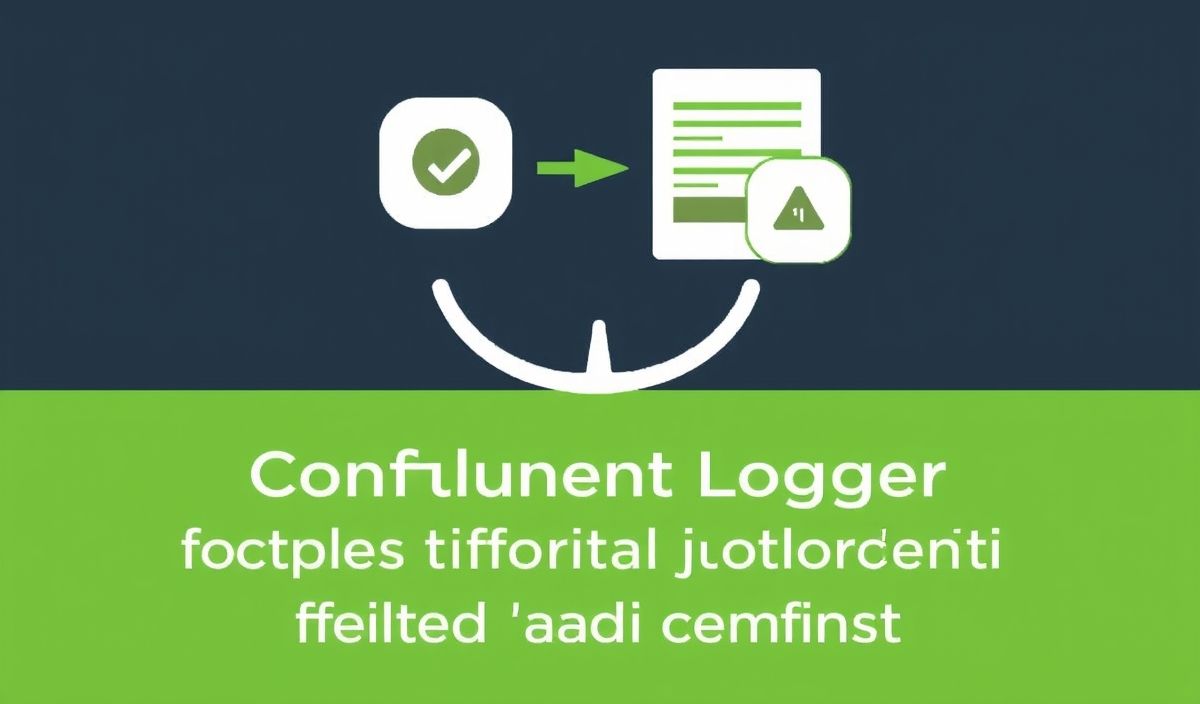Introduction to ByteBuffer
ByteBuffer is a powerful utility in Java’s java.nio package that provides efficient handling and manipulation of byte data in memory. It is widely used in network and file I/O operations due to its performance and versatility. In this guide, we will explore a variety of useful ByteBuffer APIs and how to use them with code snippets and examples.
Basic Operations
Creating a ByteBuffer
You can create ByteBuffer instances in several ways:
ByteBuffer buffer1 = ByteBuffer.allocate(1024); // non-direct buffer ByteBuffer buffer2 = ByteBuffer.allocateDirect(1024); // direct buffer byte[] array = new byte[1024]; ByteBuffer buffer3 = ByteBuffer.wrap(array); // wraps an existing byte array
Adding and Retrieving Data
put() and get() methods are used to add and retrieve data:
buffer1.put((byte) 10); buffer1.put((byte) 20); buffer1.flip(); // flip the buffer for reading byte a = buffer1.get(); byte b = buffer1.get();
Advanced Operations
Slice and Duplicate
You can create new buffers that share the content with the original buffer. Slicing creates a new buffer starting at the position, whereas duplicating copies all properties:
ByteBuffer original = ByteBuffer.allocate(10); ByteBuffer slice = original.slice(); ByteBuffer duplicate = original.duplicate();
Buffer Views
You can create views of the ByteBuffer to read/write other primitive types:
LongBuffer longView = buffer1.asLongBuffer(); longView.put(0, 100L); float f = buffer1.asFloatBuffer().get(0);
App Example
Below is a complete example demonstrating a small application using ByteBuffer to emulate reading and writing to a file:
import java.nio.ByteBuffer;
import java.nio.channels.FileChannel;
import java.io.RandomAccessFile;
import java.io.IOException;
public class ByteBufferExample {
public static void main(String[] args) {
try (RandomAccessFile file = new RandomAccessFile("example.txt", "rw");
FileChannel channel = file.getChannel()) {
ByteBuffer buffer = ByteBuffer.allocate(64);
buffer.put("Hello, ByteBuffer!".getBytes());
buffer.flip();
channel.write(buffer);
buffer.clear();
channel.position(0);
int bytesRead = channel.read(buffer);
buffer.flip();
byte[] data = new byte[bytesRead];
buffer.get(data);
System.out.println(new String(data));
} catch (IOException e) {
e.printStackTrace();
}
}
}
This example demonstrates creating a ByteBuffer, writing data into a file, and then reading it back.
ByteBuffer is indispensable for efficient I/O operations and memory handling. Its APIs offer substantial flexibility, making it a go-to class for performance-critical applications.
If you’re looking to improve your file or network I/O performance in Java, mastering ByteBuffer can provide significant improvements.
Hash: 783f4e30e49ecb3e87613c3bf679957f11d0de00acfb1100bb63fcf96b0a51a0




